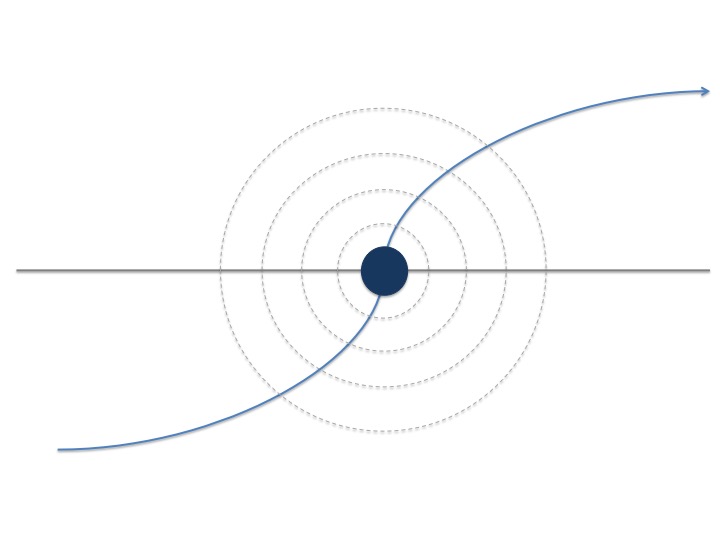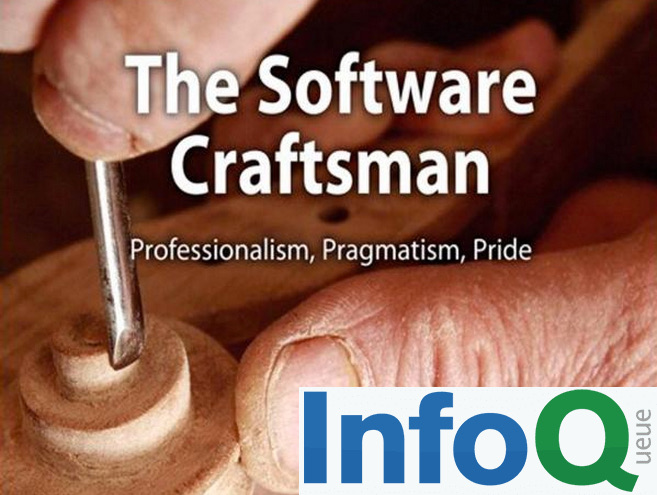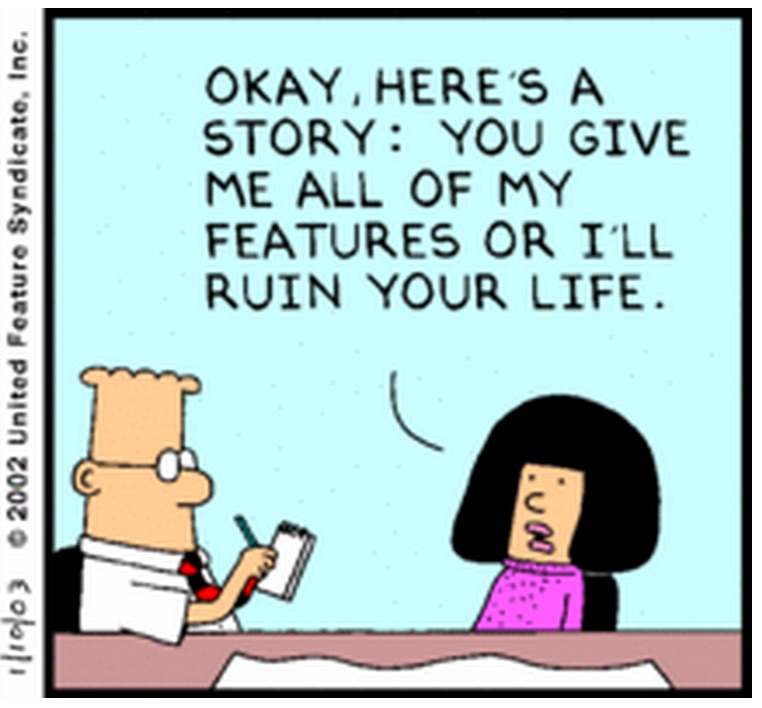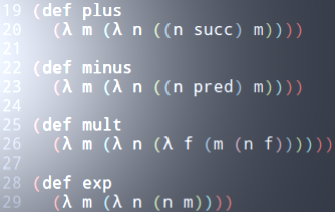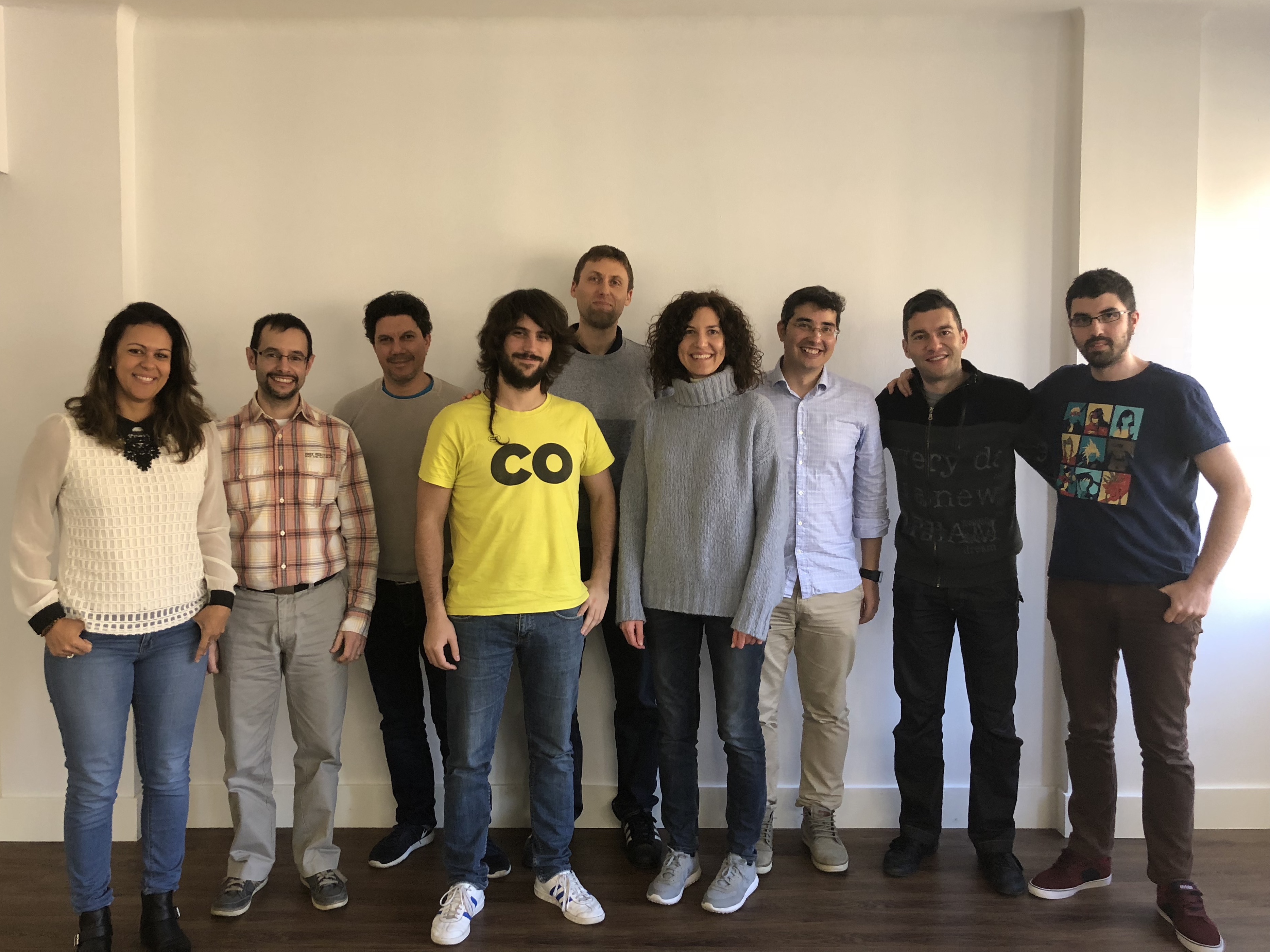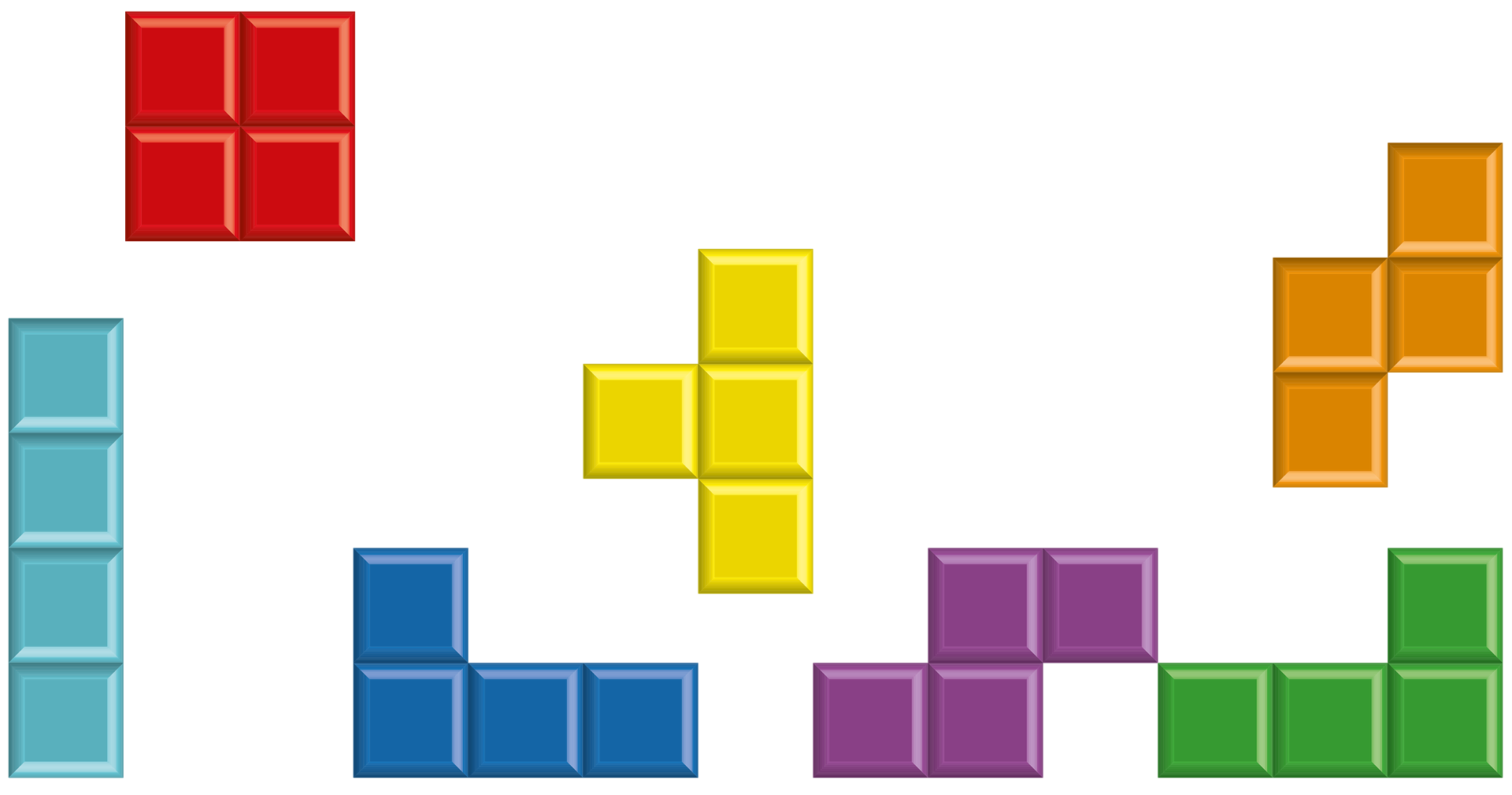CAREER OPEN HOUSE | 31st Jan, 7pm
We’re hiring Java and .NET Craftspeople in London & Barcelona. Come and meet us at our Career Open House on 31st January to learn more.
Balanced Abstraction Principle
- By Sandro Mancuso
- Posted 27 Jan 2015
- craftsmanship quality design
One of the things that make code complicated to read and understand is when the instructions inside a method are at different levels of abstraction.
Let's assume that our application only allows the logged-in user to see trips from her friends. If users are not friends, no trips should be displayed.
An example:
public List<Trip> tripsByFriend(User user, User loggedInUser) {
return (user.friends().contains(loggedInUser))
? userRepository.findTripsBy(user.id())
: Collections.emptyList();
}
In the code above, all the instructions in the body of the method are in different levels of abstraction. We have instructions validating friendship, instructions that fetch the list of trips of a friend via a collaborator, and a low level Java API that return an empty and immutable list. On top of that, we have the business behaviour itself.
Now let's look at a refactored version of the same method:
public List<Trip> tripsByFriend(User user, User loggedInUser) {
return (user.isFriendsWith(loggedInUser))
? tripsBy(user)
: noTrips();
}
private List<Trip> tripsBy(User user) {
userRepository.findTripsBy(friend.id());
}
private List<Trip> noTrips() {
return Collections.emptyList();
}
In this new version, we extracted the low-level abstractions to private methods and also moved some behaviour to the User class. With this change, all the instructions are on the same level of abstraction, making it clear what the business rule is. The public method is now telling us a story, without worrying about technical implementation details. The code now reads without any bumps: "If user is friends with the logged-in user, return trips by user, otherwise return no trips."
Balanced Abstraction Principle (BAP)
The Balanced Abstraction Principle defines that all code constructs grouped by a higher-level construct should be on the same level of abstraction. That means:
- All instructions inside a method should be at the same level of abstraction
- All public methods inside a class should be at the same level of abstraction
- All classes inside a package/namespace
- All sibling packages/namespace inside a parent package/namespace
- All modules, sub-systems, etc.
The principle also applies to tests—all tests for a single unit (method, class, module, system) should be at the same level of abstraction.
BAP and SRP
Code that complies with the Single Responsibility Principle has a higher chance to also be compliant to the Balanced Abstraction Principle. However, this is not always the case and the opposite is not always true.
Conclusion
In order to achieve well-crafted code, we need to take many design principles into consideration and I believe that the Balanced Abstraction Principle (BAP) is a missing piece in the SOLID principles and overall software design.
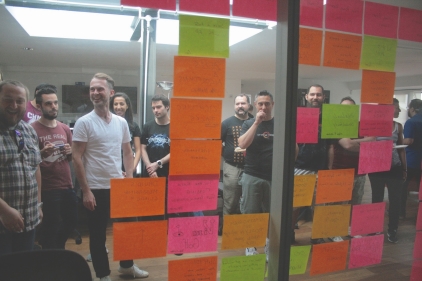
We're hiring!
Enjoying this article?
Related Blogs
Does TDD really lead to good design?
- Sandro Mancuso
We did it wrong, but not all was in vain
- Sandro Mancuso
P3 Quality
- Raquel M Carmena
Increasing complexity one entity at a time
- Sandro Mancuso
Inflection Point
- Sandro Mancuso
Q&A about The Software Craftsman
- Sandro Mancuso
User Story Guidelines
- Sandro Mancuso
Recent Blogs
Lambda Calculus in Clojure (Part 2)
- Sergio Rodrigo Royo
One Year of Codurance Barcelona
- Guillem Fernandez
Functions
- Christian Panadero Martinez
Applicative Functors and data validation, part II
- Carlos Morera de la Chica
Living a Coderetreat as a facilitator
- Raquel M Carmena
Tetris - Failed Experiment: Next Steps
- Dan Cohen

Software is our passion.
We are software craftspeople. We build well-crafted software for our clients, we help developers to get better at their craft through training, coaching and mentoring, and we help companies get better at delivering software.
Latest Blogs
One Year of Codurance Barcelona...
Functions
Useful Links
Contact Us
London EC1V 0JR
Phone: +44 207 4902967
Carrer Aragó, 208
08011, Barcelona
Phone: +34 689 723 737
Email: hello@codurance.com





